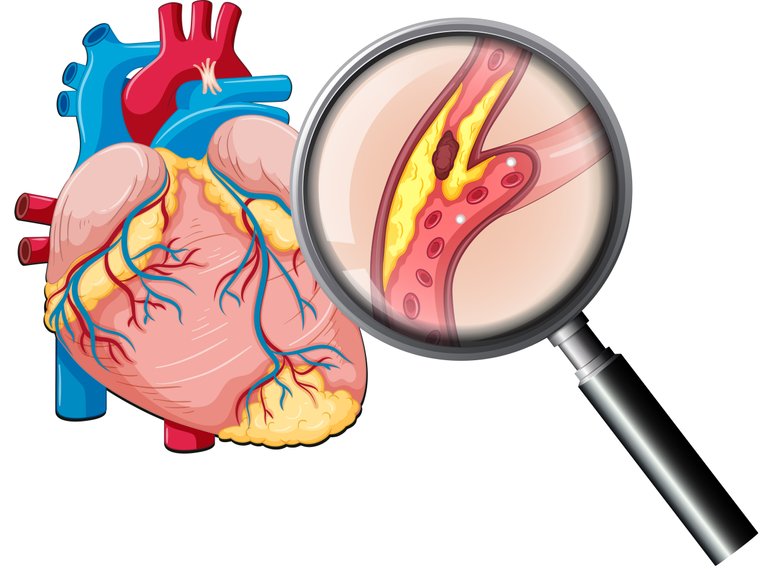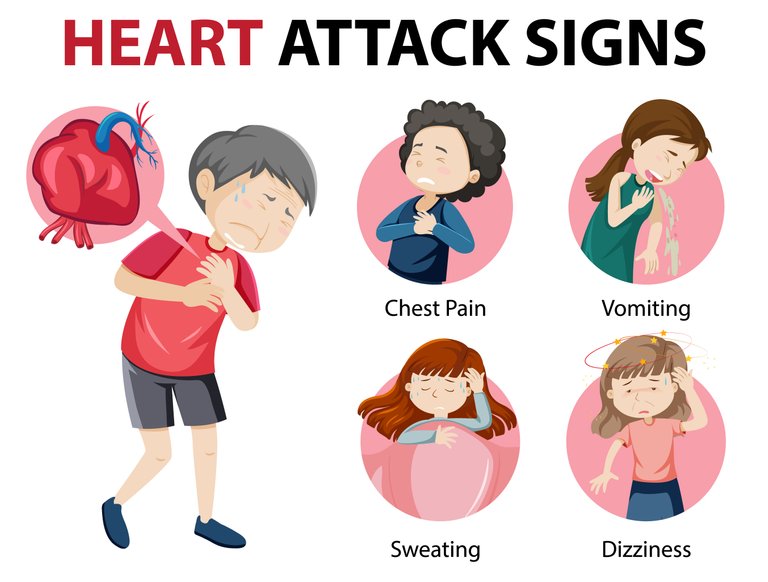Introduction

Most if not all of us has heard at least once about people who had heart complications, for instance: Angina pectoris, or maybe sudden cardiac death. At such times we will usually be sad about that person and in case of angina we will wish that they will be better soon, then we forget to know or maybe ask what's behind those events or why do they occur in the first place, so in this post I will talk about ischemic heart disease also known as coronary heart disease.
Coronary heart disease
One of the leading causes of death worldwide. It's due to blockade in the coronary arteries that supply the heart with the required oxygen due to many reasons, one of them (The most important) is atherosclerosis that we talked about in a previous post.
We need to keep in mind that heart is the highest organ when it's about oxygen consumption.
What's the reasons behind it
Talking about the causes of the coronary heart disease, obstructive atherosclerosis is the leading cause and there are other reasons including:
- Increased demand: In hypertension there will be increased in after load which puts more pressure on the heart, forcing it to pump against a higher pressure than normal. That usually leads to hypertrophy of the heart muscle, which will for sure require increased oxygen supply to keep supplying organs with the required blood.
- Diminished oxygenation: Occurs in the cases of pneumonia.
- Diminished oxygen-carrying capacity: Such as in anemia or carbon monoxide poisoning.
- Diminished blood volume: With hemorrhages.

Classification
We classify coronary heart diseases based on several factors such as: The size of the occluded coronary vessel, whether the onset was gradual or sudden, and lastly the duration.
Let's say that the onset was gradual, it will be chronic IHD which lead to CHF. But if it had sudden onset, and I mean by that occlusion that occurs over a short period of time, it will lead to acute myocardial infarction or even sudden cardiac death.
Clinical presentation
- Angina pectoris: Pain due to insufficient oxygenation, yet it doesn't lead to cell death.
- Acute myocardial infarction: Enough to lead to the death of the cells, which means it's more complicated and severe.
- Chronic IHD.
- Sudden cardiac death (SCD).
Let's go over angina and MI briefly in the coming paragraphs.
Angina Pectoris
Angina pectoris is characterized by intermittent chest pain, and it has two types:
I feel like I said many types and many "anything" many times in this post, so please bear with me lol
Stable angina: When the vessel lumen occlusion is more than 70%. Pain may spread to the left arm and jaw, yet it can be eased with medications such as nitroglycerin (which acts as a vasodilator) and with rest.
Unstable angina: When the occlusion is more than 90% of the vessel lumen as long as its duration is less than 20 minutes, if it's 40 minutes or above then that's MI. It's characterized with more frequent pain that doesn't relieve with resting.
Myocardial Infarction(MI)

Here are the symptoms since I didn't write them.
As we mentioned, MI leads to the death of cells, which is why it's dangerous. It occurs more frequently in elderly since it's highly associated with atherosclerosis, which has increased risk with older age.
The vessels that are most involved in MI are: 40% to 50% proximal left anterior descending artery, 30% to 40% proximal right coronary artery, and 15% to 20% proximal left circumflex artery.
Prevention and treatment
To prevent the occurrence of MI, we need to protect ourselves from risk factors, so we manage our diets and stop the bad habits such as smoking or lack of exercise. While its treatment lies in giving pain reliefs, vasodilators, and many other medications, yet it might require surgical intervention.
I would love to end the post here and remind you that healthy lifestyle should always be in your mind whether you are healthy or safe.
Stay safe everyone, until another time.
References:
Overview and causes #1
Overview and causes #2
About heart oxygen consumption (in note)
Angina pectoris
MI, prevention, and treatment
